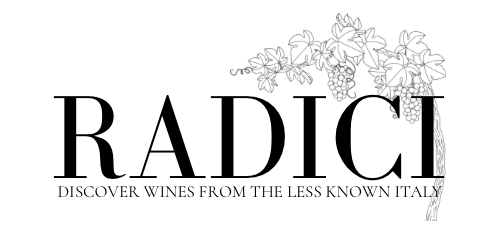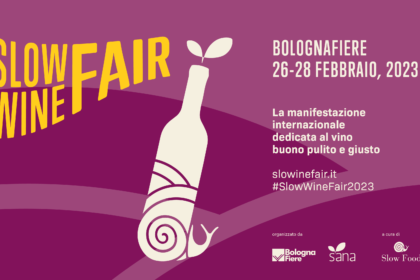Radici returns with its new weekly press review: “News in a Wine Glass”. Read now the number 2!👇🏻
Riccardo Cotarella is challenged to relaunch Georgia’s wine:
New professional challenge for the enologist Riccardo Cotarella, world president of the category, called to relaunch the wine of Georgia, the country where viticulture was born.
Through a private project, with the collaboration of the University of Tbilisi, Cotarella will in fact give life to an experimentation on some typical vines of the territory, starting from the Saperavi and Rhatsiteli grapes. It will start on 10 hectares already planted on land located about forty kilometers from the capital, followed by another 100 hectares always within the area on which a modern winery will be built.
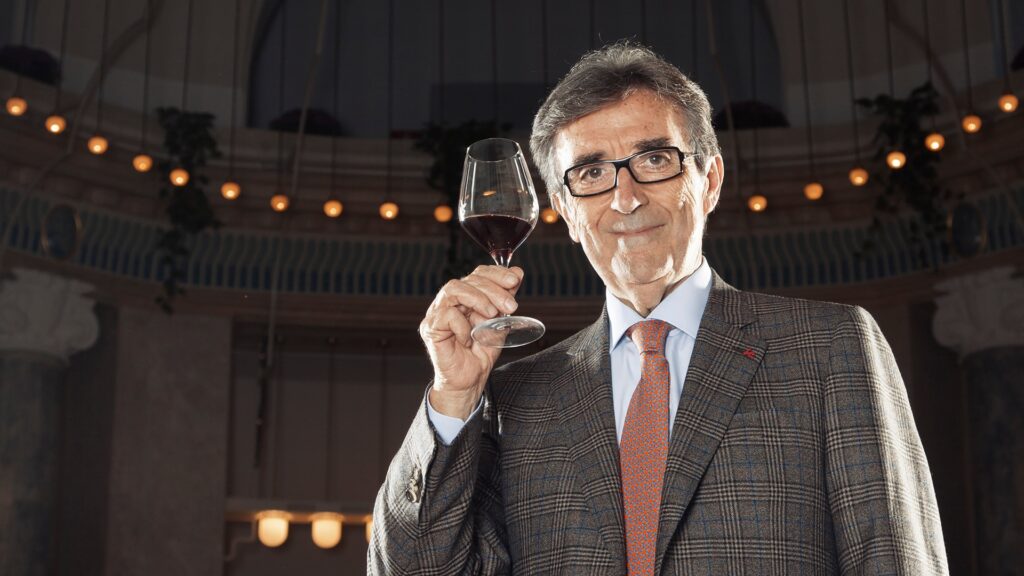
“I am honored and excited to have been involved by entrepreneurs Bacho Bugdiashvili and Vato Otkhmezuri in this fascinating project that brings me in connection with the mother land of world viticulture, which is Georgia and with its protagonists who are the producers” said Cotarella. “In so many years of profession – he added – I had never happened to try my hand in this wonderful country. Now I have the opportunity to work from the origins of the vine. It is a complex challenge, made up of research and study. I am sure that, together with my collaborators, starting from the director Pier Paolo Chiasso, we will be able to give a new impetus to Georgian wine by raising the quality level of the products. The goal is precisely to give the wines and therefore the Georgian vines, the importance of the history they can boast. We will succeed because our knowledge will match perfectly with the passion and love that Georgians have for wine and viticulture”.
The trial will lead to the initial production of half a million bottles. The first harvest led by Cotarella will be that of 2024.
Source: ANSA
“Sicilia en Primeur” 2023, a showcase of the territory:
Over eighty Italian and foreign journalists will participate in the 2023 edition of Sicilia en Primeur, the annual preview of Sicilian wines organized by Assovini Sicilia, scheduled in Taormina and Radicepura from 9 to 13 May. To these is added the presence of Master of Wine and industry professionals who will lead the technical seminars scheduled. The event, conceived and organized by Assovini Sicilia since 2004, is confirmed as the most important event for Sicilian wine.
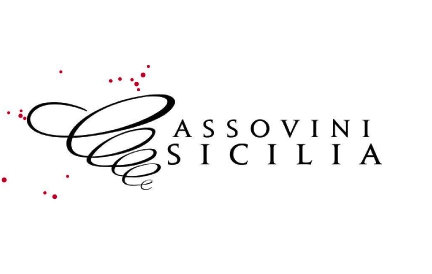
The theme of Sicilia en Primeur 2023 is dedicated to wine as a complex cultural factor, wine tourism in its many forms but especially to the role of the members of Assovini Sicilia as custodians of culture and territory, and wine as ambassador of Sicilian tourism. The event was presented today during the conference on the study Unicredit-Nonisma, from where it emerges that Sicily is a strategic region in the wine sector. The meeting, which took place in the Unicredit office in Via Magliocco, Palermo, was attended by, among others, Salvatore Malandrino, head of the Sicily Region of unicredit Italy and Laurent Bernard de la Gatinais, president of Assovini Sicilia.
Source: ANSA
From Malpensa to Fiumicino, the first steps towards the green light for boarding liquids by plane:

More than a revolution, a sort of return to the past, thanks to technology, with a small but symbolic impact also on wine. But let us proceed in order. Since 2006, those who travel often by plane, international authorities have limited to just 100 ml the amount of liquids that can be carried on the plane with hand luggage. For 17 years, it’s basically impossible to carry a bottle of water, let alone wine. Unless you decide to embark it in the hold (with all the risks that follow), or to buy it at duty free, where the choice is not always the most varied. All this, however, is bound to change, because between 2024 and 2026 the ban, introduced as a security measure after the attacks of 11 September 2001, will fall, at least in Europe.
And not for a second thought, but for the technological update of the scanners used to the gates, which will allow a fast and reliable control, without even having to open the backpacks and pull out laptops and tablets. The latest equipment, which are already checking the hand luggage of some terminals of Fiumicino, Linate and Malpensa airports, as well as the London City Airport in London and Munich, are equipped with X-ray scanners for computed tomography, able to reproduce in 3D the contents of trolleys and backpacks. Without the need to empty flasks and bottles.
Source: WineNews
A Roman “wine shop” with wine fountains appears on the Appia Antica in Rome:
The discovery in the ruins of Villa dei Quintili, belonged to Commodus, and with a real “imperial cellar” for bacchic rituals.
A Roman wine cellar emerges from the ruins of, the largest residential complex in the suburb of Rome, on the Appia Antica, which included a grape pressing area, two presses, a vat to decant the must and a system of channels to convey the wine to the cell where the jars were kept, that also suggest the possibility of tasting it in the richness of the sculptural decorations and in the refinement of the wall and floor coverings in colored marble slabs, still beautifully preserved.
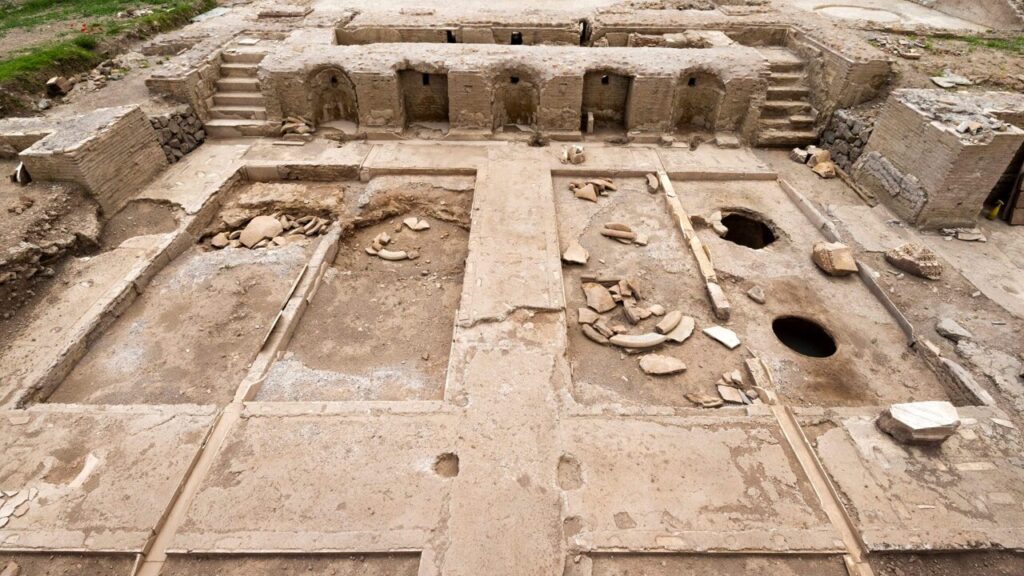
The particular structure ended up creating a theatrical fountain effect, inside which the freshly squeezed must gushed. The discovery of the Roman ante litteram “enoteca” took place, thanks to the excavations conducted between 2017 and 2018 in the Appia Antica Park, the results of which have just been published in the academic journal “Antiquity”. The Villa dei Consoli Quintili, a property that stood on 24 hectares along the Via Appia Antica, after their murder for plotting a conspiracy in the second century A.D. passed into the hands of the Emperor Commodus and his successors.
It is not yet clear whether the construction of the winery took place at that time or at a later stage. What is certain is that La Villa dei Quintilii “was an incredible mini city – explains the archaeologist Emlyn Dodd, assistant director of the “British School at Rome” and expert in ancient wine production, in the article signed with Riccardo Frontoni and Giuliana Galli, who, under the guidance of the Archaeological Park of Appia Antica, had begun excavations – completed by a cellar for the Emperor himself to accommodate his bacchic trends”.
Source: WineNews
Global Trends affect Italy as much as other countries:Reds slow down also on Italian shelves but not drastically
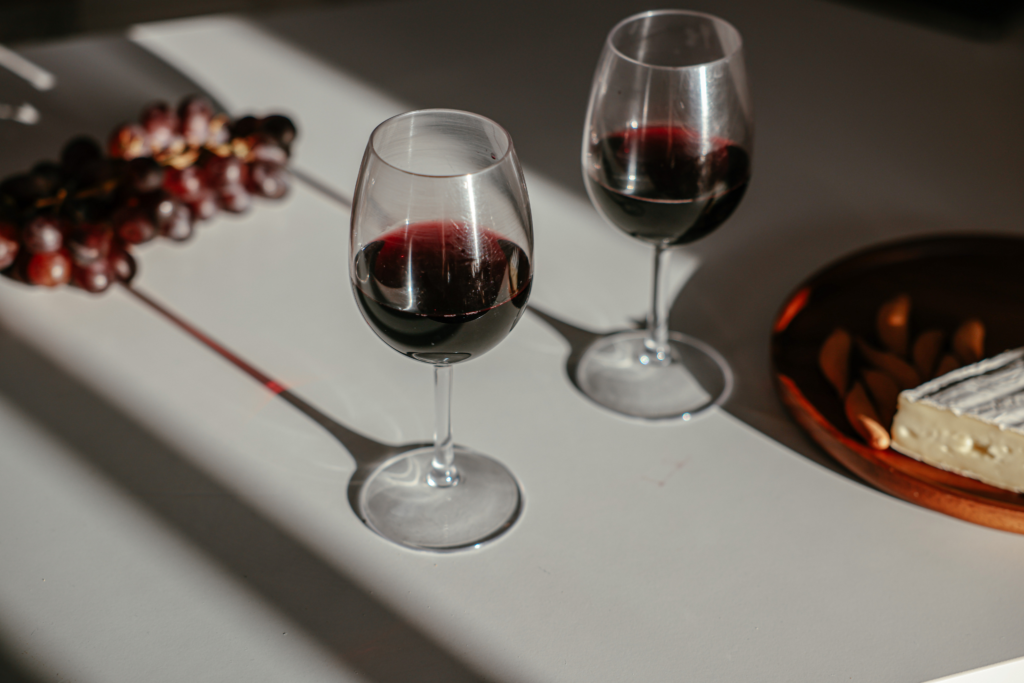
The “premiumization” effect has hit all sales channels, from wine shops to large-scale distribution, with a reshuffling of volumes and values. Meanwhile, the new generations are pushing for fresher, easier wines, showing a social trend that goes towards whites and sparkling wines.
It was a litmus test the one recently observed in France – with a verified crisis in red wines that is even pushing towards explants and distillations in Bordeaux – and that is valid for most European countries, where demographic, social and economic phenomena are equally connected. As on the tables of our French neighbours, wine continues to be strongly missing from the everyday tables in Italy, too, and more associated with festive occasions and special occasions, also changing consumer choices.
The family environment, on the other hand, is increasingly smaller – and therefore less suited for the consumption of whole bottles – while dietary changes – less red meat, attention to a vegetarian diet, healthier lifestyles – penalise structured wines. Finally, the great heat of these recent years and the pessimistic forecasts on global warming, discourage the choice of demanding labels in terms of alcohol and taste, typical characteristics of most red wines.

Is it a structural crisis or a cyclical trend? Some experts seem to lean more towards the second hypothesis. If, on the other hand, we are talking about social phenomena, it is not certain that such a change will not be followed by a return to previous habits. This is to say that, by listening to the distributors, sellers and sommeliers, there is a drop in the red wine segment, but it does not worry that much, as long as there are several opportunities to balance the loss. Let us see which ones.
Vinarius, the Association of Italian Wine Shops, outlined some trends in its usual end-of-year report, last December. A few months later, we analysed it with Andrea Terraneo, wine merchant and president of the category association.
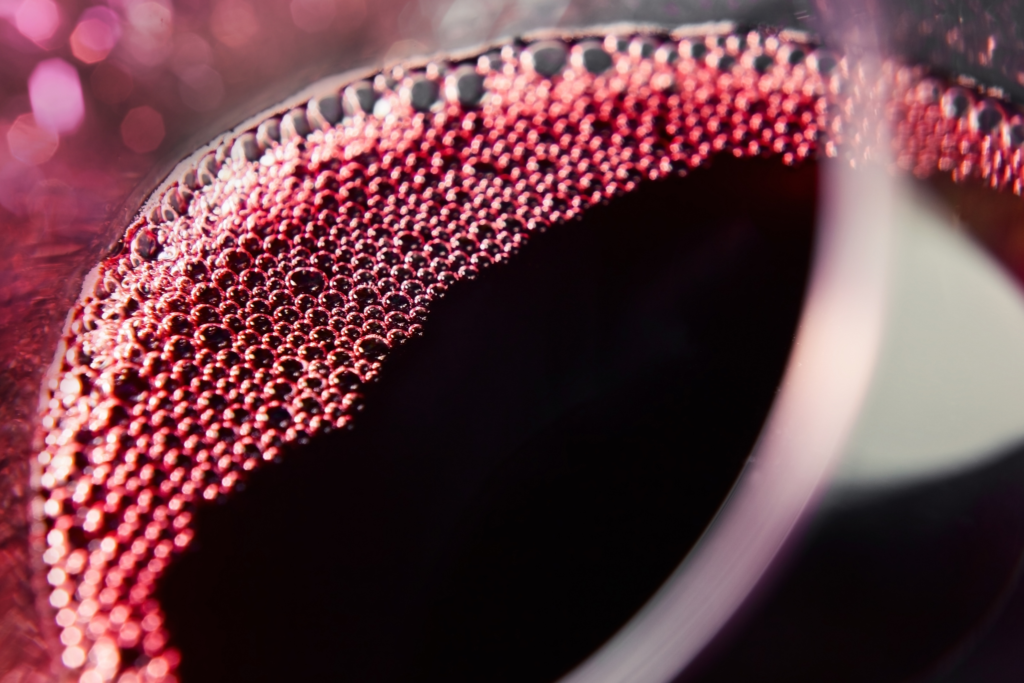
“Wine shops undoubtedly have a privileged point of view of the wine market, and are able to observe and anticipate the behaviour and choices of the final consumer, thanks to a direct dialogue” Mr. Terraneo said. “Last summer’s abnormal heath caused a drop in sales between 20 and 40%, compared to summer 2021, according to 43% of the members interviewed. A good 30%, on the other hand, brought home an increase in sales between 10 and 30%. The remaining group showed no noticeable change. Arriving at Christmas, there were no major shocks and the pre-covid trends showed even more solidity: therefore a success for white and rosé sparkling wines, an affirmation of still rosés and a consolidation of the iconic red denominations such as Amarone, Barolo and Brunello. If it is true that less red wine is being sold, we can however say that it is selling better, with a growth in value, and this applies to all references, which compensate for the loss in volume. The price range between 15 and 20 euro stayed constant, while the price range from 20 euro upwards suffered less, and the most penalised was the one below 8 euro.”
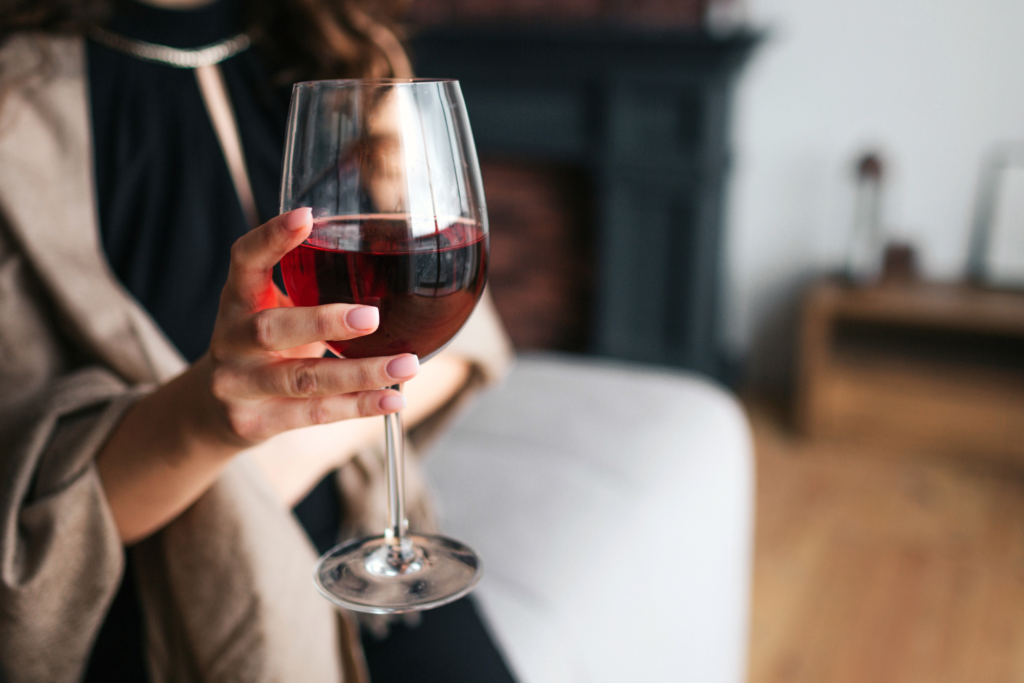
Considerations of the end-of-year confirmed also by Corrado Mapelli, General Manager of the Meregalli Group, who points out that the numbers for January 2023, compared to the same period in 2019, show a drop in the incidence of red wines on the total business of the famous Monza-based distribution company – from 33.5 percent to 31.4 percent. Yet they still end up first in the ranking of sales volumes.
“The best-known denominations and the big names remain solidly in the lead” Mr. Mapelli explained. “On the other hand, the smaller and unknown realities suffer. It is true that a growth in terms of awareness has led consumers to prefer still whites and sparkling wines in all seasons, while reds remain anchored to a winter consumption, but this is a normal fact, so it does not worry us. Therefore it is not a question of replacing some references with others, but rather of adding them, and among these there will certainly be easier to drink reds and with a lower alcohol index.”

Francesco Scarcelli, brands purchasing manager for wine, beer and 3 spirits of the leading Coop Italia, explains how Millennials are at ease on the shelves of large-scale distribution with sparkling wines, having Prosecco among their favourites and with an entirely youthful trend to consume less food and labels with a lower alcohol content. “Most notably Coop, in terms of volume, has lost seven percentage points in 2022, five on whites and almost nine on reds” Mr. Scarcelli added.
“We are talking of the price range from four to seven euro, where volumes are made, whereas those under four euro are growing, while those used to spend large sums continue to do so.” According to the Coop manager, we are facing a fairly structural trend, the downward of a curve of which, however, should by now have reached an end. “There is no need to be dramatic about the reds, but a valid solution could be to focus a lot on pairing” he said. “Because this type of wine lends itself very well to pairing. Our usual assortment maintenance tells us that we are moving more and more towards quality choices, that our consumers are buying bottles that they used to drink only in restaurants, that in the world of sparkling wines there is an increase of zero-dosage and low-priced labels such as char-mats. Low-dosage wines, such as organic wines, show a positive trend but are not yet relevant in terms of sales volumes.”
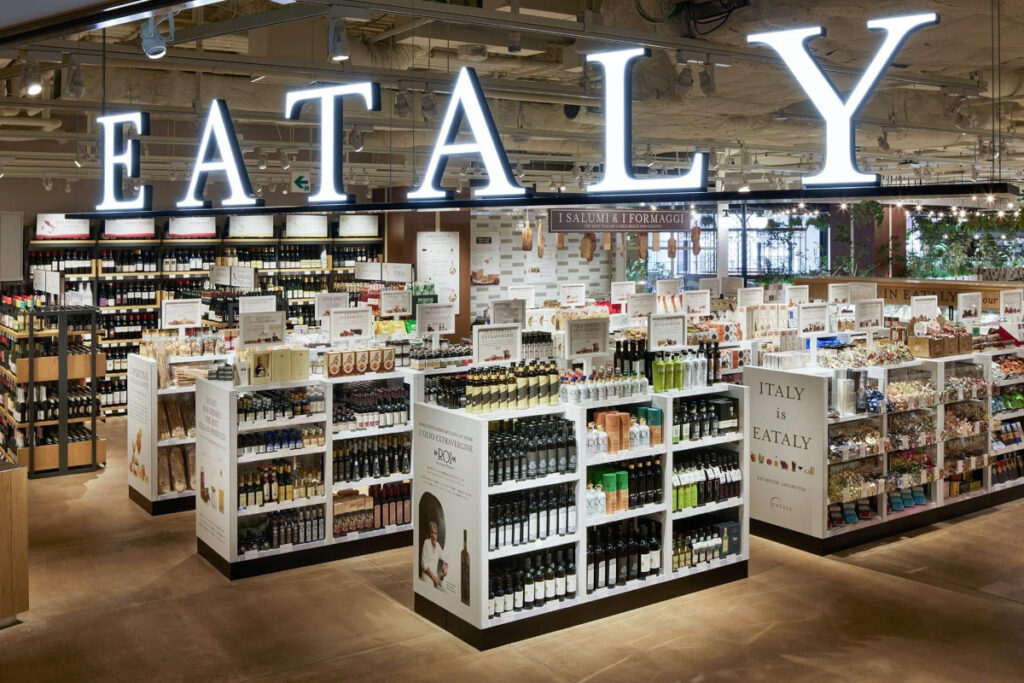
What happens instead in those mixed realities where bottles are on sale but are also consumed at tables? In the case of Eataly, there are no substantial differences between white, sparkling and red wines drunk in the food areas, while the reduction in red wine consumption appears clearly, with numbers in the hand, in take-away sales, as explained by Andrea Cantamessa, global beverage category manager of the company founded by Oscar Farinetti.
“Considering a period of four years from 2019 (the last year not affected by the pandemic) to 2022, between 10 and 15% of sales volume was lost, but on the other hand the level of purchase was raised, which brought the average selling price to +20%. Basically, in our wine shops we observe sales of wines with a higher price, more than in previous years. This is probably due to self-gratification done by several customers during the pandemic periods, which has prompted them to buy more valuable bottles. Today, those choices have made their way and the trend has perhaps consolidated. However, we also notice a reduction in consumption of whites and sparkling wines, here the big difference is the sharp increase in the average price, which is 30% higher than in 2019. As for whites and classic methods there is also a search for labels with more character.”
Source: Wine World Magazine
#TerritoriesTo(Re)Discover: Molise
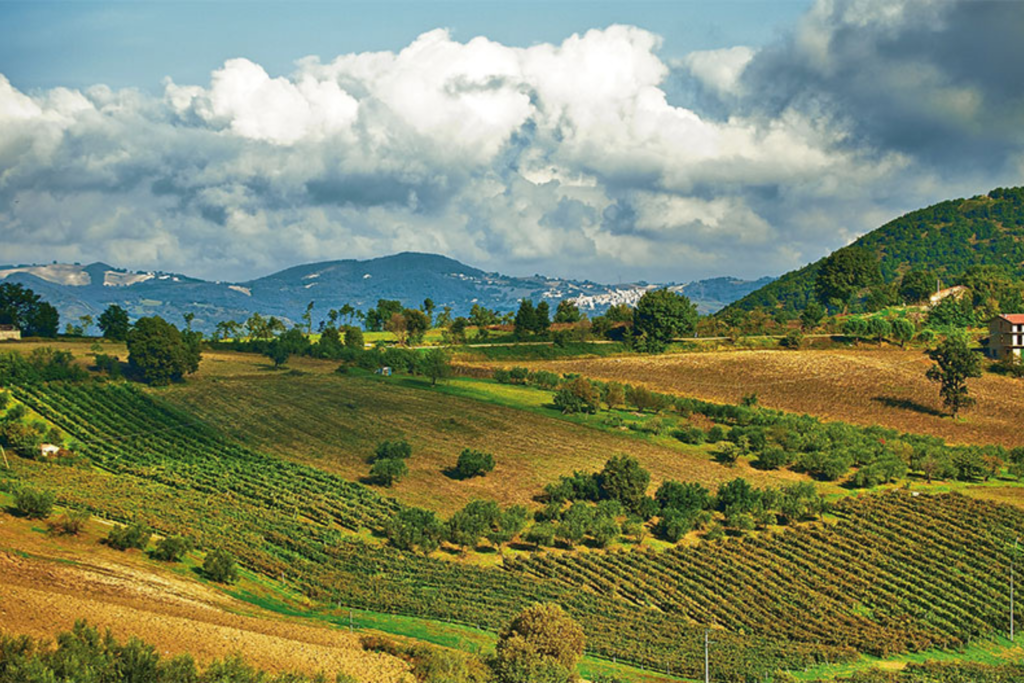
This week discover the Molise region, a small gem in central Italy that will make a lot of talk about its enological redevelopment. Read more about it here.
Wine of the Week:Claudio Cipressi MACCHIAROSSA – Tintilia del Molise 2017 BIO
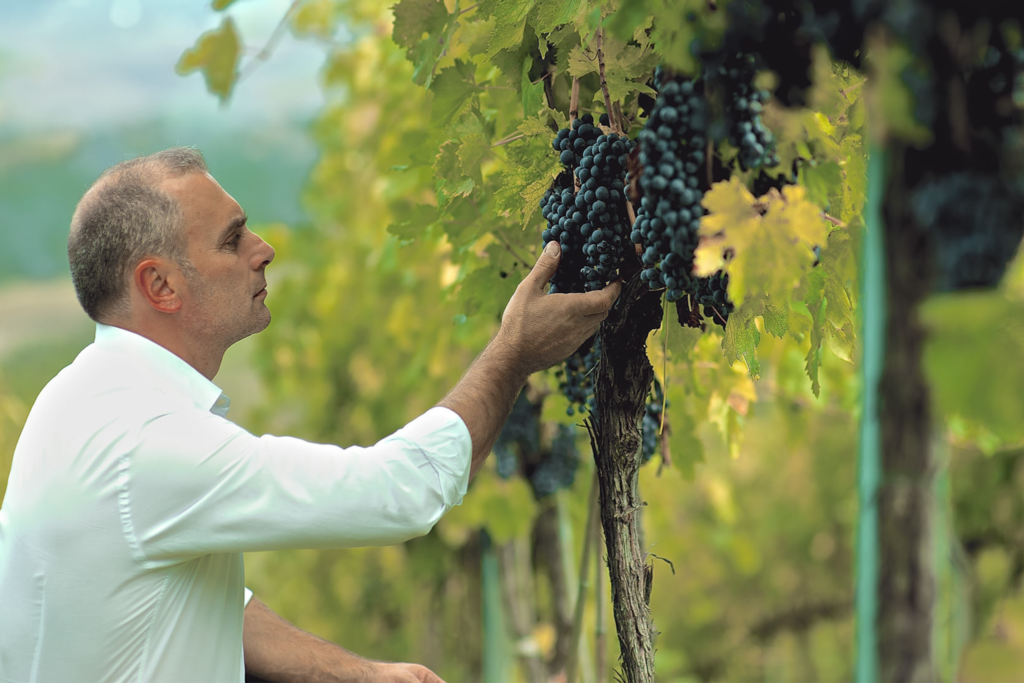
Produced in Molise from Claudio Cipressi with 100% Tintilia, most famous autochthonous grape of the region, is something that will not leave you disappointed. Discover more about the Winery and the wine here.
